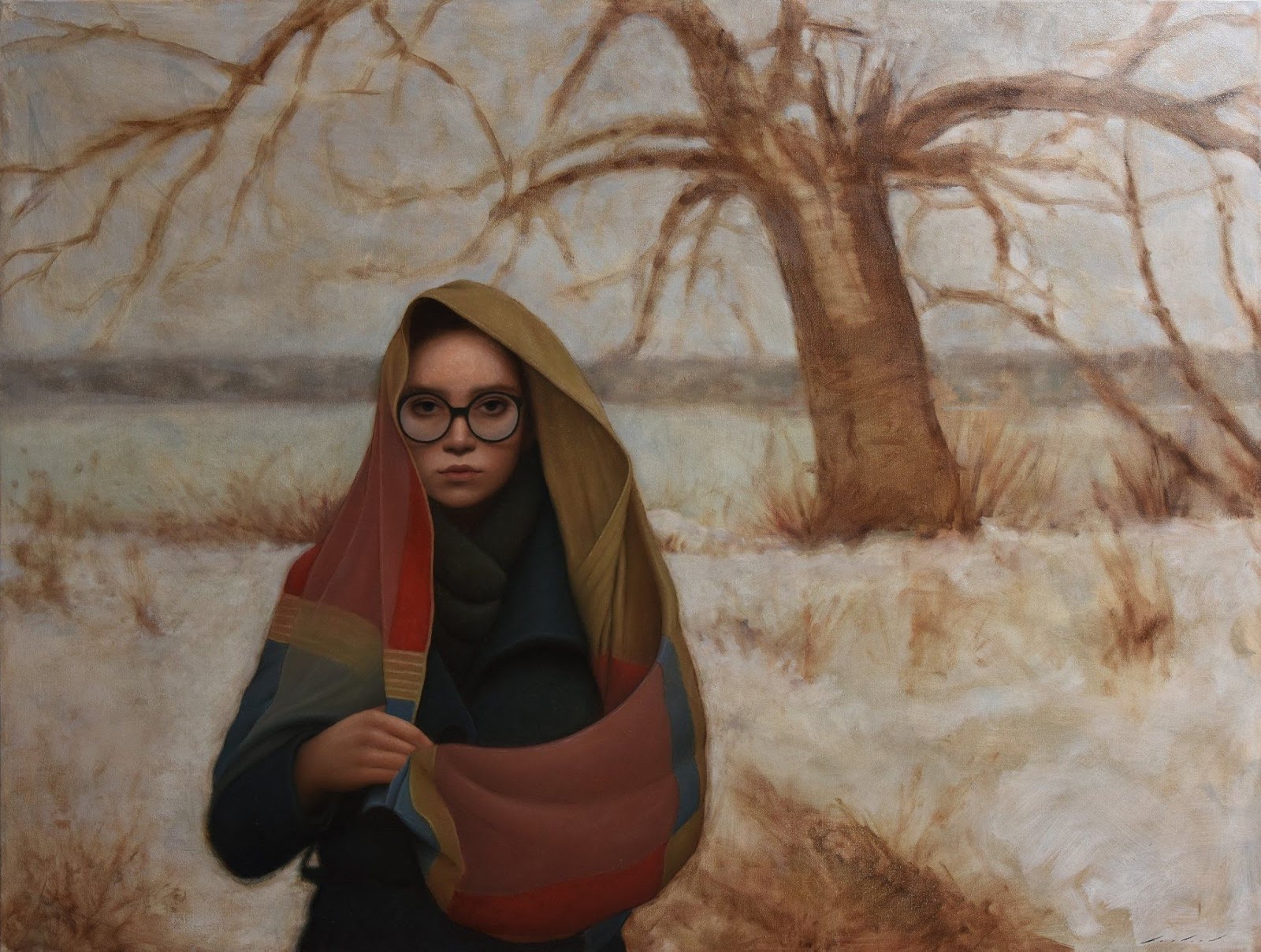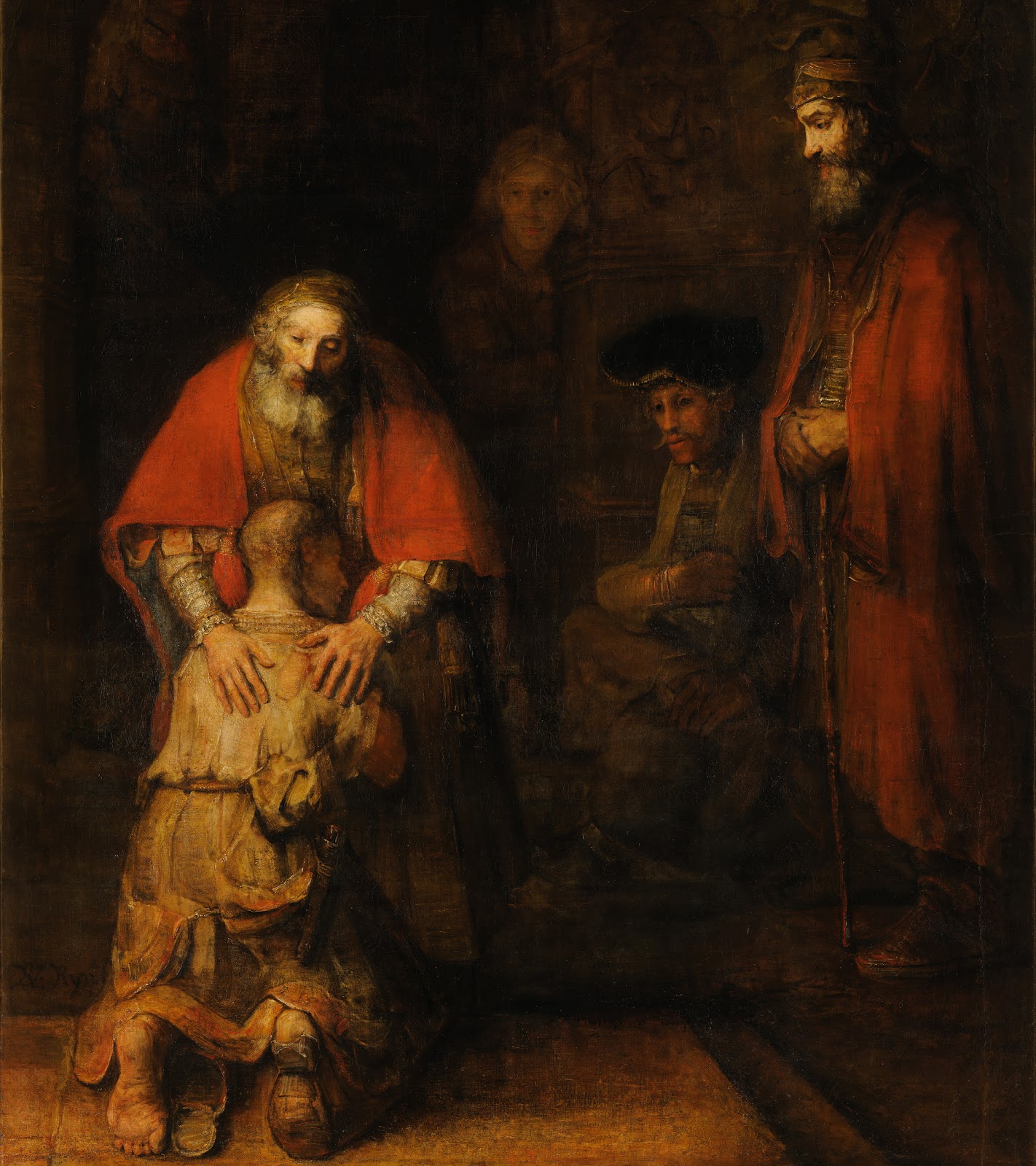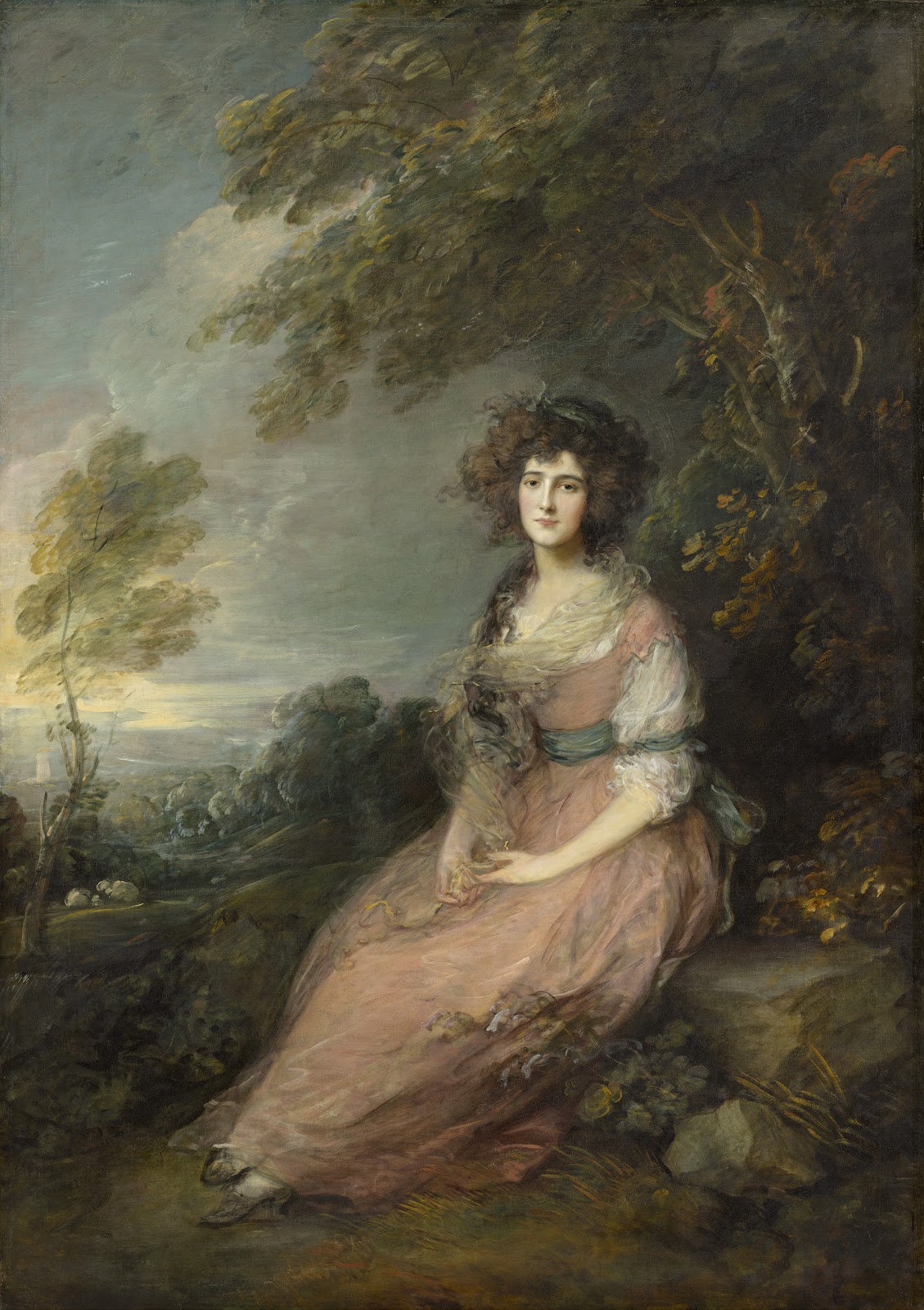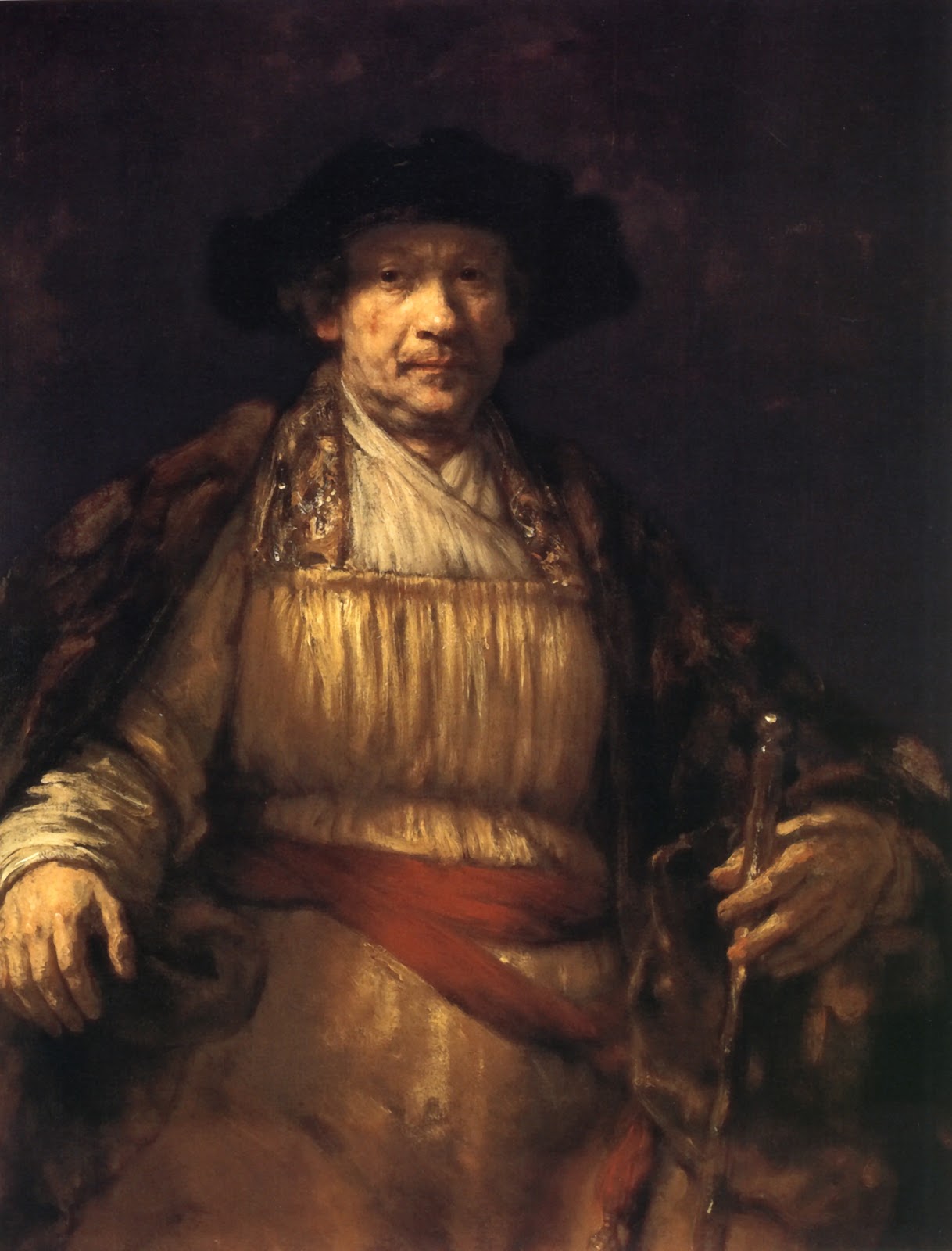Camille-Nicolas Lambert (1876-1963) was born in Arlon, Belgium in 1874. He was a student of the Académie des Beaux-Arts de Liége and Anvers.
He won the second place Prix de Rome in 1898, and third place Prix de Rome in 1901 and 1904. Lambert exhibited at the Salon des Artistes Français in Paris and the Société Nationale des Beaux-Arts in Brussels. He was a member of circle Pour l'Art, and he exhibited in 1912 at the 20th Salon.























